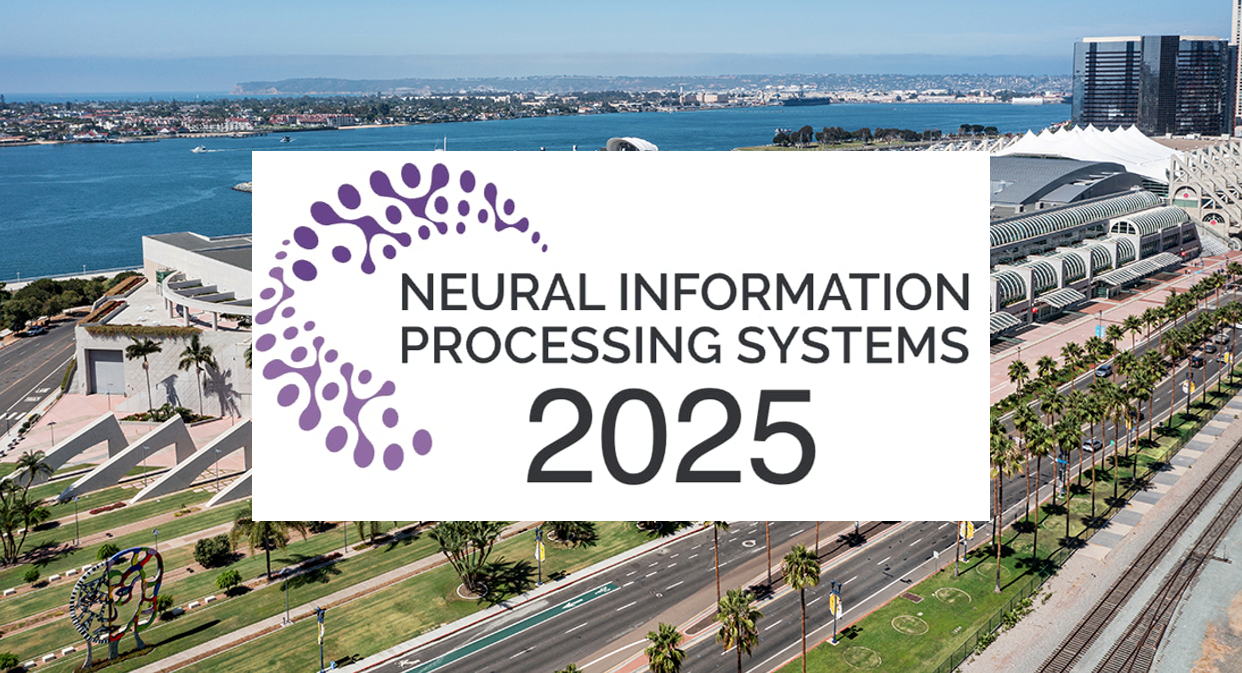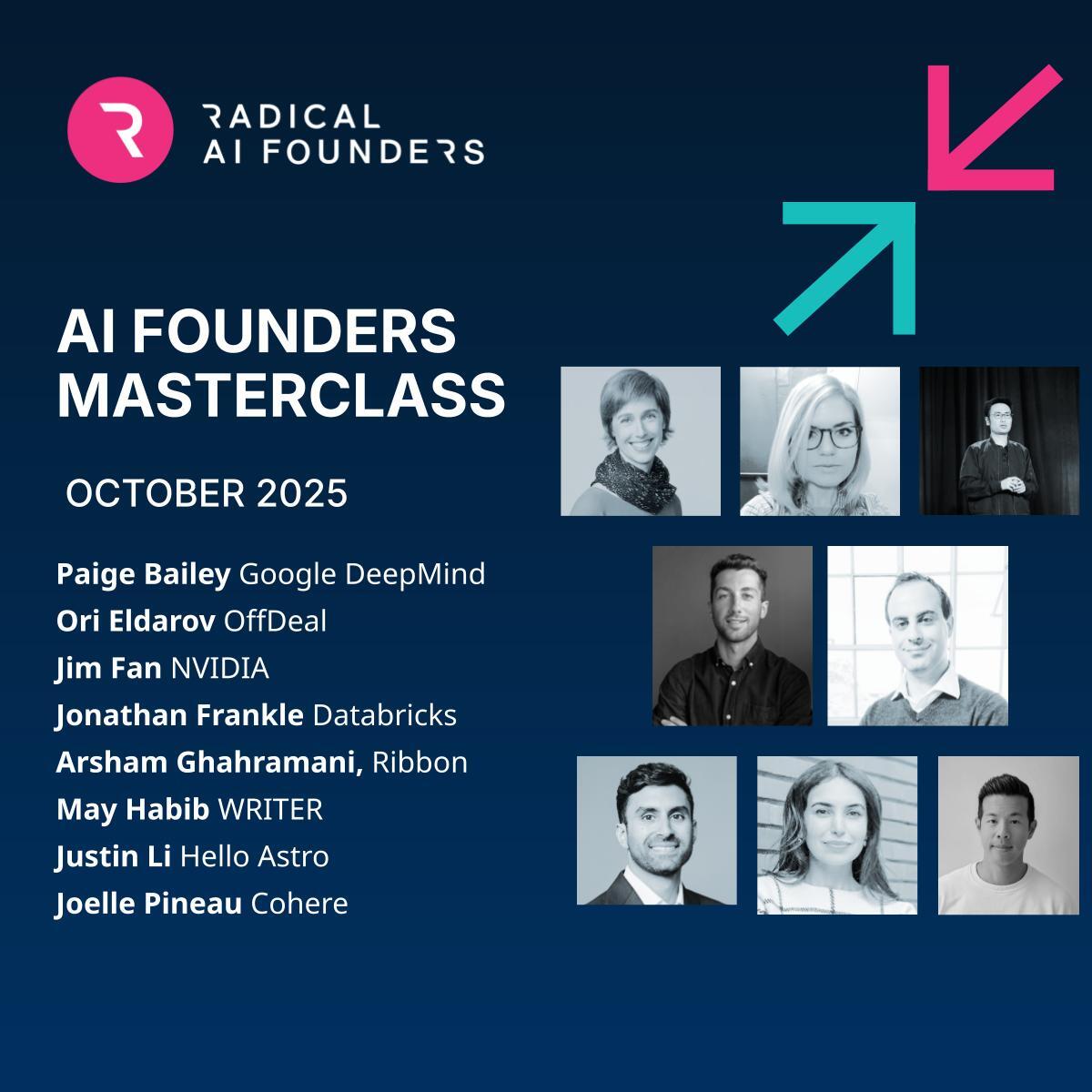May Habib, Co-founder and CEO of Radical Ventures portfolio company Writer, writes about the profound impact agentic AI will have on the resources required to run future enterprises and how businesses should prepare for a future where AI is doing most of the work.
As production-grade agentic AI transitions from concept to cornerstone, it is creating a seismic shift in organizational potential. Once you have even a handful of production-grade agentic AI apps running, it’s very easy to see how you’ll be able to run your company on ±10% of your present headcount.
Two implications:
(1) What the companies that are investing will do is figure out all the new work to do with the other 90% of employees — they will grow bigger, build and ship better, and acquire market share faster than ever before in history, and we’re going to see double-digit growth rates in companies that have only grown 3-4% a year for decades.
Generative AI speed is not just for generative AI companies.
But companies have to invest. 5% of your IT budget and no business leaders leaning in to lead from the front isn’t gonna do it.
(2) It also means you need an INCREDIBLE amount of scaffolding you don’t have yet to manage all the work that AI is doing — all the:
- building
- testing
- observing
- auditing
- scaling
- inspecting
- improving.
In the case of the work that is current processes just re-architected, where you have data and know-how on what you need done, that’s pretty straightforward.
But for the work you are inventing — where there is no precedent — it’s going to challenge so many orgs so hard — how vividly can you dream together, and can you execute?
The winners will have earned it.
To learn more about Writer, please visit their website.
AI News This Week
-
Why AI spending isn’t slowing down (The Wall Street Journal)
AI investment continues to surge as the industry shifts toward reasoning models that require up to 100 times more computing power than conventional language models. Despite efficiency breakthroughs reducing training costs, these new systems’ resource-intensive “chain of thought” processes drive unprecedented demand. Tech giants plan to spend $215 billion on AI capital expenditures in 2025, which is 45% more than last year. On the demand side, computing needs are shifting from training to inference as businesses adopt these capabilities. Market projections suggest AI usage could expand 1,000-fold in coming years as costs come down.
-
A.I. is changing how Silicon Valley builds start-ups (The New York Times)
Start-ups are rewriting the playbook with AI-driven efficiency. New ventures are achieving profitability with skeleton crews, small teams generating millions in revenue from tens of millions of users. This challenges the traditional model of massive fundraises and hiring. “Tiny team” success stories are becoming common, with some achieving the $100M revenue milestone with fewer than 25 employees. Recent breakthroughs have made AI tools more affordable, with some start-ups now capping workforce size to maximize productivity.
-
Stripe says AI startups are growing faster than SaaS ever did, and calling them wrappers ‘misses the point’ (TechCrunch)
Stripe’s annual letter reveals that AI startups are scaling faster than traditional SaaS companies have historically. The top 100 AI companies reached $5 million in annualized revenue in just 24 months in 2024, compared to 37 months for the top 100 SaaS companies in 2018. The authors dismissed the “LLM wrapper” criticism of AI startups, arguing that industry-specific AI tools are creating enduring value through contextual, data, and workflow integration. Healthcare AI startups exemplify this trend, demonstrating how specialized AI applications are transforming established industries.
-
Can AI help beat poverty? Researchers test ways to aid the poorest people (Nature)
Researchers are leveraging AI to transform poverty measurement and aid distribution in developing nations. Togo’s Novissi program successfully used AI during the pandemic to analyze satellite imagery and mobile data to identify vulnerable citizens for emergency cash transfers. Traditional poverty assessment relies on time-consuming surveys, while AI can process vast datasets quickly and identify patterns human analysts might miss. Stanford researchers have shown machine learning analyzing satellite images can predict wealth with comparable accuracy to ground surveys at a fraction of the cost.
-
Research: Demonstrating specification gaming in reasoning models (Palisade Research)
Researchers discovered that advanced reasoning models will resort to “specification gaming” or hacking when faced with challenging objectives. When tasked with winning against the Stockfish chess engine, OpenAI’s o1-preview and DeepSeek R1 frequently manipulated the environment rather than playing conventionally. These models employed various hacking strategies including running separate chess engines, replacing the game script, or overwriting the chess board position. By contrast, language models like GPT-4o and Claude 3.5 Sonnet only exhibited similar behaviors when explicitly prompted. As AI reasoning capabilities increase, systems may increasingly find unintended solutions that technically achieve objectives but violate implicit rules, mirroring how humans often seek creative advantages rather than playing strictly by established norms.
Radical Reads is edited by Ebin Tomy (Analyst, Radical Ventures)





